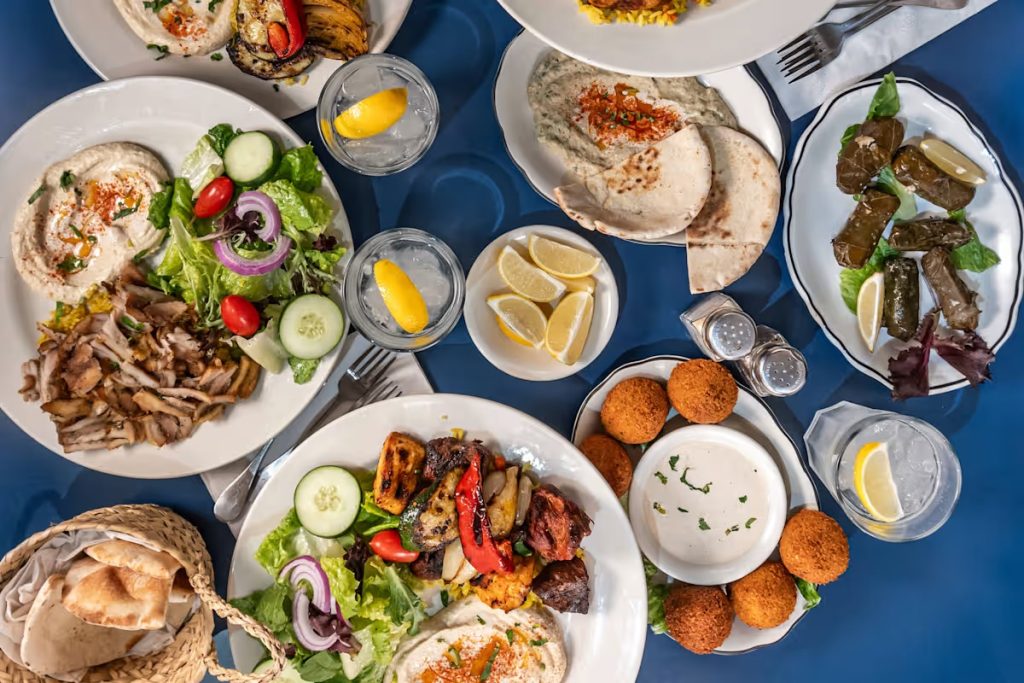American halal cuisine has transformed into a vibrant reflection of global food culture, bringing together flavors from the Middle East, South Asia, Africa, Southeast Asia, and beyond. What began as a niche offering for Muslim communities has grown into a mainstream culinary movement embraced by people of all backgrounds. From street food carts in New York City to fusion restaurants in Los Angeles, halal dining has become a celebration of multiculturalism, authenticity, and innovation.
What Halal Means in the U.S.
The term halal, Arabic for “permissible,” refers to food prepared according to Islamic dietary laws. Beyond religious compliance, halal emphasizes cleanliness, humane treatment of animals, and mindful sourcing. This commitment to ethical preparation has made halal cuisine appealing to a broad and diverse American audience, Muslim and non-Muslim alike.
Middle Eastern Roots: Shawarma and Hummus
Middle Eastern dishes such as shawarma, hummus, falafel, and tabbouleh have defined much of America’s halal food identity. Chains like The Halal Guys, which started as a food cart in Manhattan, popularized shawarma and gyro platters nationwide. These dishes bring bold spices—cumin, paprika, coriander—that have become hallmarks of halal street food culture in the U.S.
South Asian Flavors: Biryani and Curries
South Asian cuisine adds richness and spice to American halal dining. Biryani, kebabs, curries, and samosas from Pakistan, India, and Bangladesh have become staples in halal restaurants from Chicago to Houston. Their aromatic use of saffron, cardamom, and cloves creates a bold flavor profile that resonates with a wide audience.
African Contributions: Tagines and Stews
North and East African traditions have also shaped the halal scene. Moroccan tagines, with their slow-cooked meats and preserved lemons, and Somali dishes like sambusas and spiced stews, offer depth and variety to halal menus across the U.S. These dishes highlight Africa’s powerful influence on halal dining.
Southeast Asian Inspirations: Satay and Rendang
Halal food in America also draws from Southeast Asia, particularly Malaysia and Indonesia. Dishes such as satay skewers, beef rendang, and nasi goreng showcase a mix of sweet, spicy, and tangy flavors, adding a distinctive layer to the halal landscape in cities like San Francisco and Washington, D.C.
Mediterranean Classics: Gyros and Baklava
Turkish and Mediterranean influences bring fresh and balanced flavors to halal cuisine. Gyros, kebabs, baklava, and meze platters feature olive oil, herbs, and citrus, making them a refreshing complement to richer halal dishes.
The Rise of Halal Fusion
A new wave of halal dining embraces fusion, blending halal traditions with American favorites. Think shawarma tacos, biryani fried chicken, and halal burgers with South Asian spices. These creative mashups expand halal’s appeal to adventurous foodies seeking something new.
Food Trucks and Street Vendors: A Movement on Wheels
Halal food trucks have been central to spreading halal across the U.S. Quick, affordable dishes like chicken over rice and lamb gyros, paired with signature white and hot sauces, have become iconic symbols of urban halal culture.
Halal Meets Plant-Based Dining
As plant-based eating gains traction, halal restaurants are innovating with vegetarian and vegan options. Falafel wraps, lentil curries, and even halal-certified plant-based meats provide ethical, sustainable choices for health-conscious diners.
Certification and Trust
To maintain authenticity, organizations such as ISNA and the Halal Food Council USA certify halal food products, restaurants, and supply chains. Certification builds trust and expands access to halal options in supermarkets and national restaurant chains.
A Growing American Market
The halal food market in the U.S. is now a multi-billion-dollar industry. While driven by Muslim communities, its popularity with non-Muslim consumers highlights halal food’s universal appeal as flavorful, ethical, and culturally meaningful cuisine.

